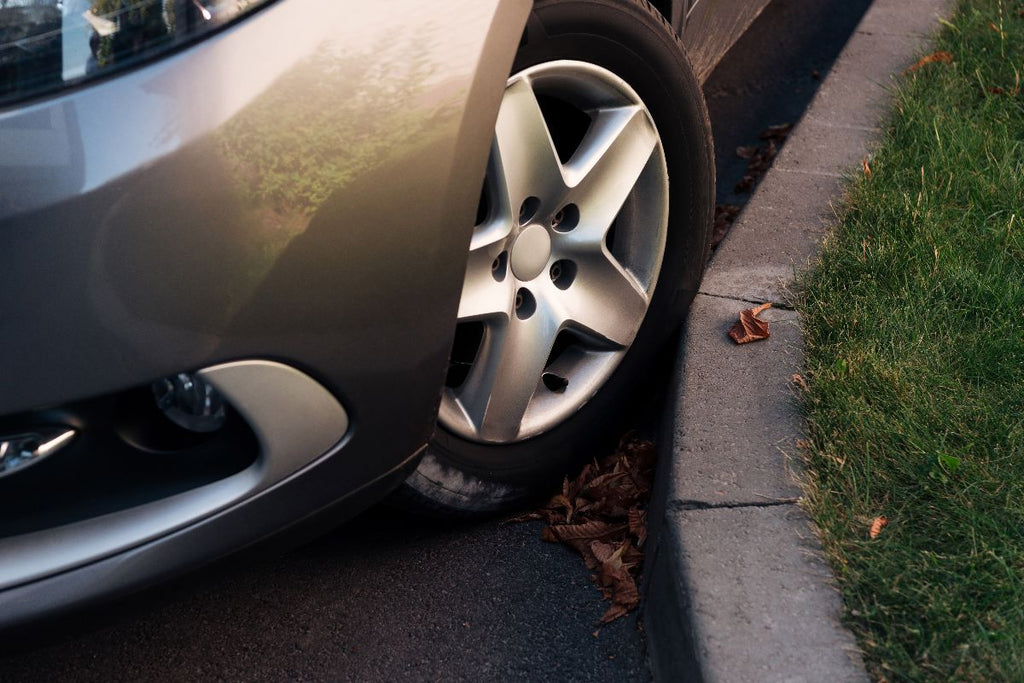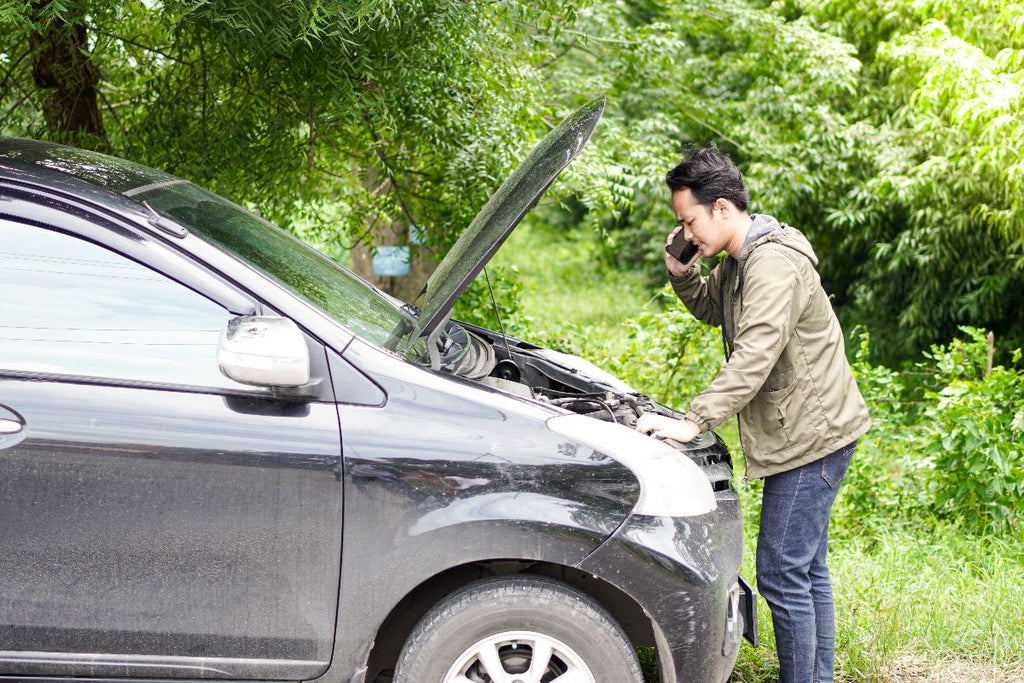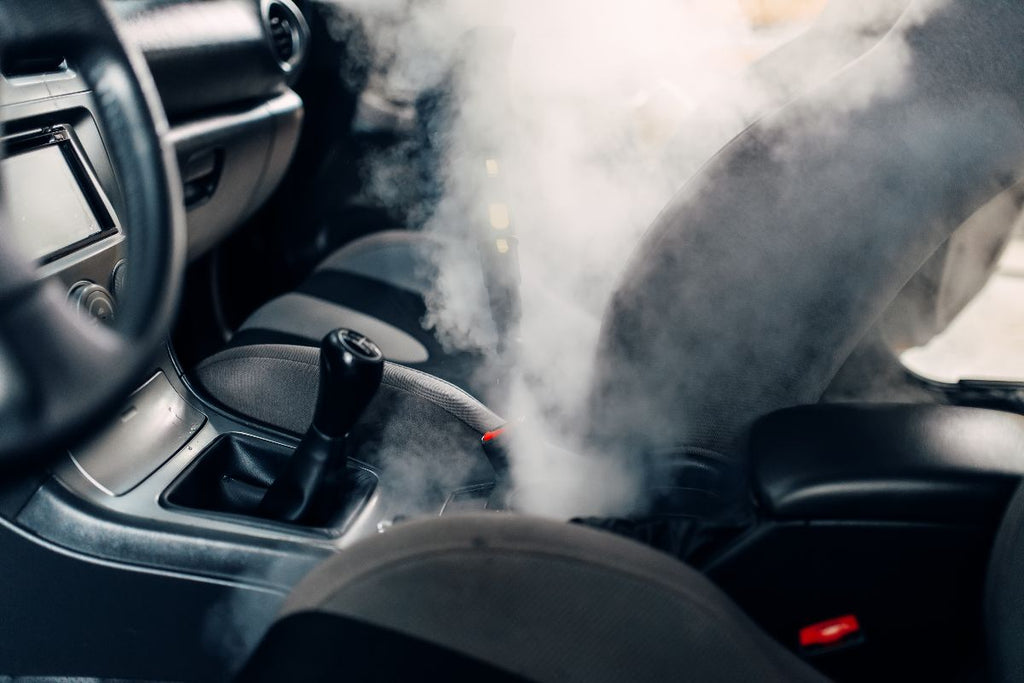How to Prepare Your Vehicle for Your Rainy Road Trip

How can you prepare your vehicle for your rainy road trip
- Inspect your car battery status
- Check wipers and windshield washers
- Assess tire tread and pressure
- Examine headlights, brake lights, and signal lights
- Test your brakes
- Keep your RES-Q app installed and active
- Pack an emergency kit
Overview
- Rainy road trips in the Philippines demand thorough vehicle preparation to ensure safety and comfort.
- Key checks include inspecting your battery, tires, wipers, and lights to handle wet and slippery conditions effectively.
- Motolite supports travelers with reliable batteries and the RES-Q app, providing dependable roadside assistance for a worry-free journey.
In the Philippines, rain can pour without warning, turning a smooth drive into a risky one within minutes. Slippery roads, poor visibility, and sudden flooding make it even more important to keep your vehicle in top shape.
If you're planning to head out of town, knowing how to prepare your vehicle for a rainy road trip can make all the difference. That includes checking key components like your brakes, tires, wipers, and especially your car battery, which needs to be reliable in unpredictable weather. From simple checks to smart safety habits, here’s how to get your car road-trip ready, rain or shine.
Before anything else, make sure you have the Motolite RES-Q app installed on your phone. It gives you access to 24/7 roadside assistance—perfect for emergencies like a dead battery or a flat tire during heavy rain. Stay safe and prepared with help just a tap away.
Download the RES-Q App Now: Google Play | App Store | AppGallery
Inspect Your Car Battery Status
Your car battery is crucial for powering essential features like headlights, wipers, and defoggers—all of which are vital for driving safely in the rain. If your battery fails during a trip, you could end up stranded in harsh weather with limited visibility and no way to start your engine. That’s why inspecting your battery before hitting the road is a must.
Watch out for warning signs like dimming headlights, slow engine starts, or visible corrosion on the terminals. You can also use a voltmeter to check if your battery holds a charge of around 12.6 volts or higher when the engine is off.
If your battery shows signs of trouble, don’t wait until it’s too late. With Motolite’s RES-Q, you can have a replacement Motolite battery delivered and installed right at your doorstep—quickly, safely, and hassle-free.
Check Wipers and Windshield Washers
When rain starts pouring, your wipers are your first line of defense for clear visibility. Make sure they’re in top shape by doing a quick test run before your trip. Check for any cracks, splits, or stiffness in the rubber—if you spot damage, replace it right away to avoid streaking or skipping.
Don’t forget to refill your windshield washer fluid and check that the spray nozzles are unclogged and spraying evenly. Clear, unobstructed visibility is essential for safe driving in rainy weather, helping you stay alert to road hazards, pedestrians, and oncoming traffic.
Assess Tire Tread and Pressure

Tires with adequate tread depth and proper pressure are essential for grip and control on wet, slippery roads. This is especially true when you're driving long distances to far-off provinces in the Philippines, where road conditions can be more unpredictable. Worn-out tires increase your chances of hydroplaning and make it harder to stop or steer safely in the rain.
Before your trip, check your tread depth using a coin or tread gauge; if it's below the recommended level, it's time to replace your tires. Here how:
-
Use a coin: Insert a one-peso coin into the tread with Jose Rizal’s head facing down. If the top of his head is visible, your tread is too shallow and the tire needs replacement.
-
Try the tread wear indicators: Most tires have built-in tread wear bars—if they’re flush with the tread, it’s time for new tires.
-
Use a tread depth gauge: This tool gives a precise reading; anything below 2/32 of an inch (around 1.6 mm) is considered unsafe.
- Inspect across the whole surface: Check the tread depth in several spots around the tire to ensure even wear and avoid missing hidden bald spots.
Also, make sure all tires—including your spare—are inflated to the manufacturer’s suggested pressure. Well-maintained tires give you better stability, smoother handling, and safer travel in rainy weather.
Examine Headlights, Brake Lights, and Signal Lights
Clear, working lights are critical for staying safe and visible during a rainy road trip—not just so you can see, but so others can see you. Before heading out, take a few minutes to inspect each set of lights thoroughly.
Here’s how:
Headlights: Turn on both low and high beams. Check that both bulbs are bright and evenly lit. If one is dimmer, it may be close to burning out. Clean any dirt or cloudiness from the lens to restore brightness.
- Brake Lights: Ask someone to stand behind the car while you press the brake pedal. Make sure both brake lights (and the third brake light, if present) light up fully and quickly.
- Signal Lights: Activate your left and right turn signals as well as your hazard lights. Walk around the car to confirm each one blinks at the right speed and isn’t dim or flickering.
- Reverse and Parking Lights: Shift into reverse with the engine running (and foot on the brake) to confirm your reverse lights work. Also check your parking lights, especially if you’ll be driving through dim rural roads.
Replace any burnt-out bulbs and wipe down the lenses for maximum visibility. Proper lighting ensures you can navigate through heavy rain and lets others anticipate your next move, keeping everyone safer on the road.
Test Your Brakes
Don’t skip this step. Your brakes are your car’s most important safety feature, especially when the roads get slick in the rain. Before your trip, take a moment to check how they feel. Do the brake pads seem worn out? Is there a squeaking sound or a soft, spongy pedal when you press down?
If anything feels off, it’s best to get them checked by a professional before you hit the road. Good brakes mean better control, quicker stops, and way less stress when you’re driving through heavy rain or sudden traffic.
Keep Your Res-Q App Installed and Active
Even the most careful drivers can face accidents or breakdowns, especially when rain makes roads more slippery and visibility drops. That’s why it’s always smart to keep the Motolite RES-Q app installed and ready to go before your trip. As the first app-based roadside assistance service in the Philippines, it’s available 24/7 to help with common emergencies like dead batteries, flat tires, overheating, or running low on fuel.
With just a few taps, you can request fast, reliable support wherever you are. It’s peace of mind in your pocket—because being prepared is always better than being stuck.
Pack an Emergency Kit

When you're on a long road trip, especially during the rainy season, you never really know what might happen. From minor breakdowns to unexpected delays, having an emergency kit can make all the difference. It should include essentials like a flashlight, jumper cables, a first aid kit, reflective warning devices, bottled water, and non-perishable snacks to keep you safe and prepared for any situation.
For rainy weather, it’s smart to pack extras like a raincoat, towels, and a power bank to keep your phone charged. Being well-equipped means you can stay safe, dry, and calm while waiting for help, whether it’s from roadside assistance or a passing motorist.
Key Takeaway
Preparing for the rainy season means taking extra steps to keep yourself, your passengers, and your car safe on the road. By adhering to these simple tips on how to prepare your vehicle for a rainy road trip, you can indulge in smoother, worry-free travels no matter how unpredictable the weather gets.
For added peace of mind, trust Motolite to power your adventures with trusted automotive batteries built for every road condition.






